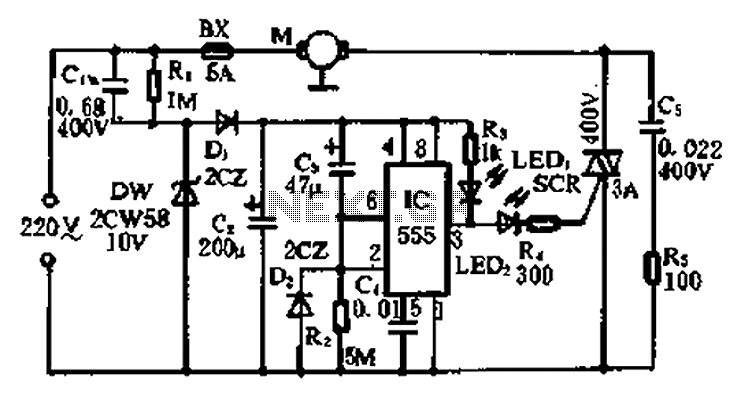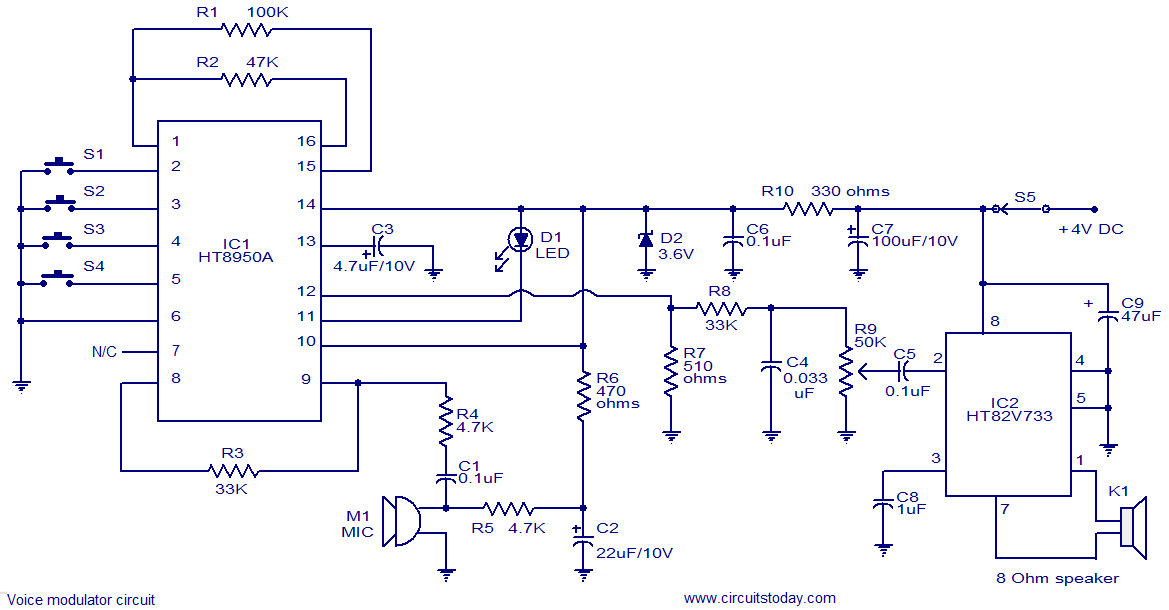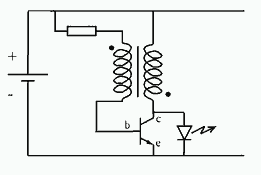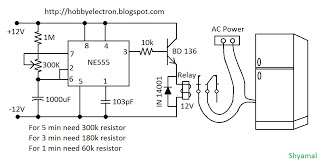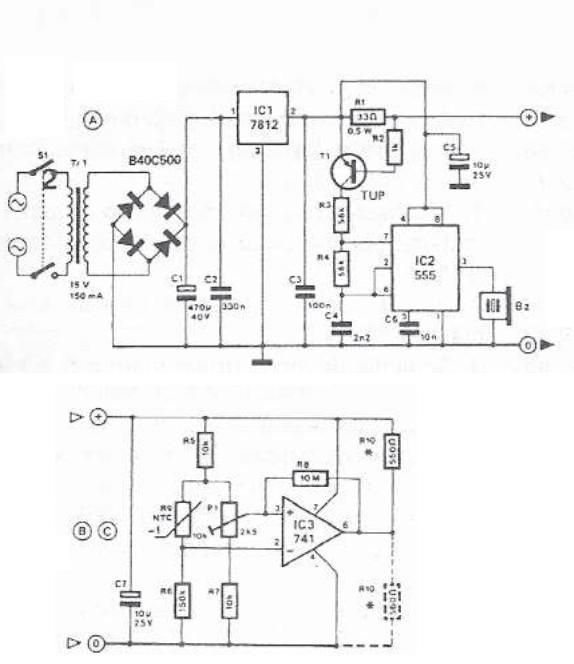
Simple Curve Tracer Circuit
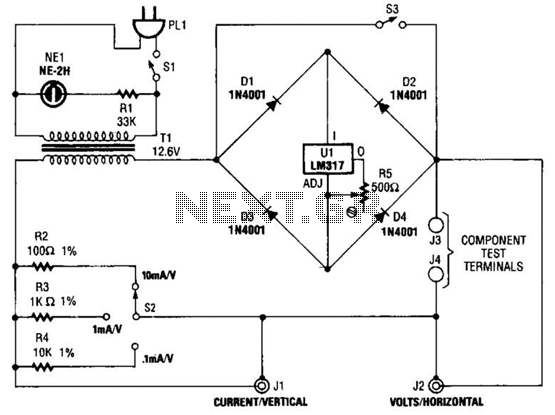
Useful for checking diodes, transistors, triacs, SCRs, resistors, and LEDs, this curve tracer should prove beneficial in the experimenter's lab. It displays the volt-ampere characteristic of a two-terminal device on an oscilloscope. This is a simple block diagram of the EZ-Curve. Current-limited AC signals are passed through both the device under test and a precision resistor to yield current and voltage readings.
The EZ-Curve is an essential tool for electronic experimentation, providing a visual representation of the electrical characteristics of various two-terminal devices. It is particularly valuable for analyzing components such as diodes, transistors, triacs, SCRs, resistors, and LEDs. The operation of the curve tracer is based on the principle of passing current-limited AC signals through the device under test (DUT) while simultaneously measuring the voltage across it and the current flowing through it.
The circuit typically consists of a signal generator that produces a sine wave or triangular waveform, which is fed into the DUT. A precision resistor is placed in series with the DUT to ensure accurate current measurement. The voltage across the DUT and the precision resistor is monitored, allowing for the calculation of both current and voltage values. These measurements are then displayed on an oscilloscope, which plots the volt-ampere characteristic curve of the device.
The oscilloscope provides a graphical representation of the relationship between voltage and current, facilitating the identification of key parameters such as forward voltage drop, reverse breakdown voltage, and dynamic resistance. This information is crucial for understanding the behavior of the device under various operating conditions.
In summary, the EZ-Curve curve tracer is a versatile and practical instrument for electronics laboratories, enabling users to conduct detailed analyses of a wide range of electronic components efficiently. Useful for checking diodes, transistors, triacs, SCRs, resistors, and LEDs, this curve tracer should prove useful in the experimenter`s lab. It displays the volt-ampere characteristic of a two-ter-minal device on an oscilloscope. This is a simple block diagram of the EZ-Curve. Current-limited AC signals are passed through both the device under test and a precision resistor to yield current and voltage readings.
The EZ-Curve is an essential tool for electronic experimentation, providing a visual representation of the electrical characteristics of various two-terminal devices. It is particularly valuable for analyzing components such as diodes, transistors, triacs, SCRs, resistors, and LEDs. The operation of the curve tracer is based on the principle of passing current-limited AC signals through the device under test (DUT) while simultaneously measuring the voltage across it and the current flowing through it.
The circuit typically consists of a signal generator that produces a sine wave or triangular waveform, which is fed into the DUT. A precision resistor is placed in series with the DUT to ensure accurate current measurement. The voltage across the DUT and the precision resistor is monitored, allowing for the calculation of both current and voltage values. These measurements are then displayed on an oscilloscope, which plots the volt-ampere characteristic curve of the device.
The oscilloscope provides a graphical representation of the relationship between voltage and current, facilitating the identification of key parameters such as forward voltage drop, reverse breakdown voltage, and dynamic resistance. This information is crucial for understanding the behavior of the device under various operating conditions.
In summary, the EZ-Curve curve tracer is a versatile and practical instrument for electronics laboratories, enabling users to conduct detailed analyses of a wide range of electronic components efficiently. Useful for checking diodes, transistors, triacs, SCRs, resistors, and LEDs, this curve tracer should prove useful in the experimenter`s lab. It displays the volt-ampere characteristic of a two-ter-minal device on an oscilloscope. This is a simple block diagram of the EZ-Curve. Current-limited AC signals are passed through both the device under test and a precision resistor to yield current and voltage readings.
